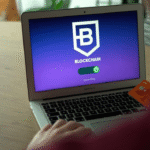
Asset tokenization, transforming both tangible and intangible assets into digital tokens on a blockchain, offers an innovative way to handle asset ownership and investment. This process not only digitizes physical assets like real estate and art but also includes intangible assets, fundamentally altering their management and trade mechanisms. Tokenization breaks down these assets into smaller, tradable units, allowing for fractional ownership and thus democratizing investment opportunities.
Introduction to Tokenization
The Concept of Asset Tokenization
Tokenization harnesses blockchain technology to convert assets into digital tokens, representing ownership or a share of an asset. These digital tokens reflect a fractional part of the underlying asset, which can be traded or sold. This method enhances the liquidity of traditionally illiquid assets, making it simpler and faster to trade them without the physical logistics that typically encumber such transactions.
Benefits and Necessity of Tokenization
The primary benefit of asset tokenization is its ability to enhance liquidity and make the assets more accessible to a broader audience. By facilitating fractional ownership, tokenization lowers the barriers to entry for investors who might not have the capital to invest in high-value assets outright. Additionally, the inherent properties of blockchain provide enhanced security and transparency, significantly reducing the potential for fraud and increasing trust among investors.

Examples of Tokenized Assets
- Real Estate:Tokenizing real estate allows investors to purchase fractions of properties, making it easier to invest in the property market without large upfront capital.
- Art and Collectibles:Art tokenization lets investors buy shares in valuable artworks or collectibles, potentially opening up a new funding avenue for artists and offering art enthusiasts a new way to engage with art.
- Commodities:Commodities like gold or oil can be tokenized, allowing easier and more transparent trading of these assets.
- Intellectual Property:Musicians, authors, and other creators can tokenize their work, allowing them to manage and monetize their creations through fractional ownership.
Technical and Regulatory Aspects
Tokenization on the blockchain involves several key technical components, including the use of smart contracts to automate transactions and ensure compliance with regulations. Smart contracts execute automatically based on predefined rules embedded in the blockchain, reducing the need for intermediaries and enhancing the efficiency of transactions. On the regulatory front, navigating the complex landscape is crucial as the laws vary significantly across jurisdictions, and tokens can sometimes be classified under existing securities laws.
Instructions:

Challenges in Asset Tokenization
Despite its many benefits, asset tokenization faces several challenges:
- Regulatory Uncertainty:The evolving nature of blockchain regulation poses significant challenges, necessitating ongoing compliance and adjustments.
- Security Risks:Digital tokens are susceptible to cyber threats, necessitating robust security measures to protect token holders.
- Market Adoption:Wider acceptance of tokenization is required for it to reach its full potential, needing significant efforts in education and demonstration of its benefits.
Asset tokenization is poised to revolutionize the way we view and interact with various asset classes, offering more streamlined, transparent, and accessible investment opportunities. However, its success depends on overcoming technical challenges, navigating regulatory landscapes, and achieving broader market acceptance. As this technology matures, it could significantly alter the landscape of investment and asset management, making it a critical area for potential investors and regulatory bodies to focus on.
How Tokenization Enhances Accessibility and Liquidity
Tokenization significantly transforms the landscape of asset investment by enhancing both liquidity and accessibility. This process converts real-world assets into digital tokens on blockchain platforms, making it possible to trade these assets in fractional forms. The implications for investors are profound, spanning various asset classes and introducing a new era of financial inclusivity.

Broadening Market Access
Tokenization democratizes access to high-value assets that were traditionally available only to well-capitalized investors. By breaking down these assets into smaller, more affordable units, tokenization enables a wider audience to invest in assets like real estate, fine art, and bonds. This fractional ownership model not only lowers the barriers to entry but also diversifies investment opportunities, allowing investors from different economic backgrounds to participate in markets previously beyond their reach.
Enhancing Liquidity
One of the most significant advantages of tokenization is the enhanced liquidity it brings to traditionally illiquid assets. Assets such as real estate or art typically require substantial capital and involve lengthy sales processes. However, when these assets are tokenized, their digital counterparts can be bought and sold much like stocks on an exchange. This ease of transfer significantly increases market liquidity, making it easier for investors to enter and exit positions.
Security and Transparency
The blockchain’s inherent characteristics of decentralization and transparency play a crucial role in enhancing the security and trustworthiness of tokenized assets. Every transaction and ownership detail is recorded on a blockchain, ensuring that all information is immutable and verifiable by all parties involved. This transparency reduces the risks of fraud and errors, further enhancing investor confidence in these digital assets.

Real-World Applications
Several applications of tokenization have already shown promising results:
- Real Estate:Tokenization allows for fractional ownership of property, making real estate investment more accessible and liquid. Investors can purchase shares of a property as easily as they would buy stocks, diversifying their portfolios without the need for large amounts of capital.
- Art and Collectibles:Investors can buy shares in high-value artworks or collectibles, democratizing access to a market that was traditionally reserved for a select few. This also provides artists and collectors with a new way to fund and monetize their works.
- Commodities and Bonds:Similar to real estate and art, commodities like gold or oil and financial instruments such as bonds can be tokenized to reduce transaction costs and increase liquidity, making these markets more efficient and accessible.
The tokenization of assets is expected to grow, driven by technological advancements and increasing regulatory clarity. As more traditional financial institutions embrace tokenization, the influx of capital and expertise will likely continue to enhance liquidity and stability in the tokenization market. Furthermore, new blockchain protocols and Layer 2 solutions are anticipated to improve scalability and transaction speeds, broadening the scope of assets that can be effectively tokenized.
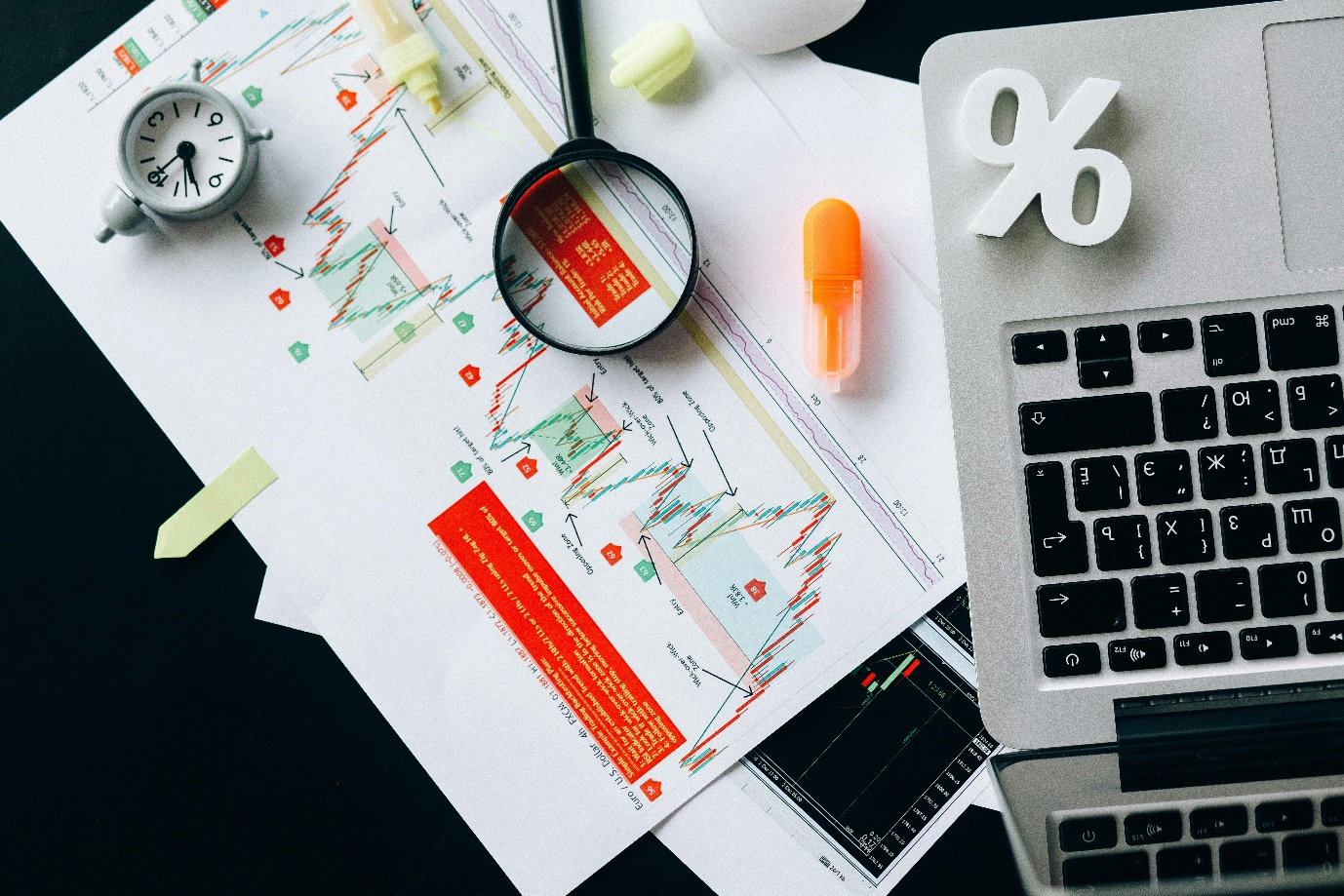
The tokenization of assets represents a significant shift in how individuals and institutions can access, invest in, and manage real-world assets. By enhancing liquidity and accessibility, tokenization not only makes markets more inclusive but also paves the way for a more efficient and transparent financial ecosystem.
Regulatory Considerations in Asset Tokenization
Navigating the complex and evolving regulatory landscape is crucial for successful asset tokenization initiatives. The regulatory environment for tokenization is continuously developing, with various jurisdictions establishing frameworks that address the nuances of digital assets and blockchain technology.
Regulatory Classification and Compliance
One of the primary challenges in asset tokenization is the regulatory classification of tokens, which can significantly affect compliance strategies. Tokens may be classified differently across jurisdictions—for instance, as utility tokens, security tokens, or hybrid forms, each subject to different regulatory frameworks. Understanding these classifications helps in aligning with legal requirements, such as those under the Securities and Exchange Commission (SEC) in the US or the Financial Conduct Authority (FCA) in the UK.
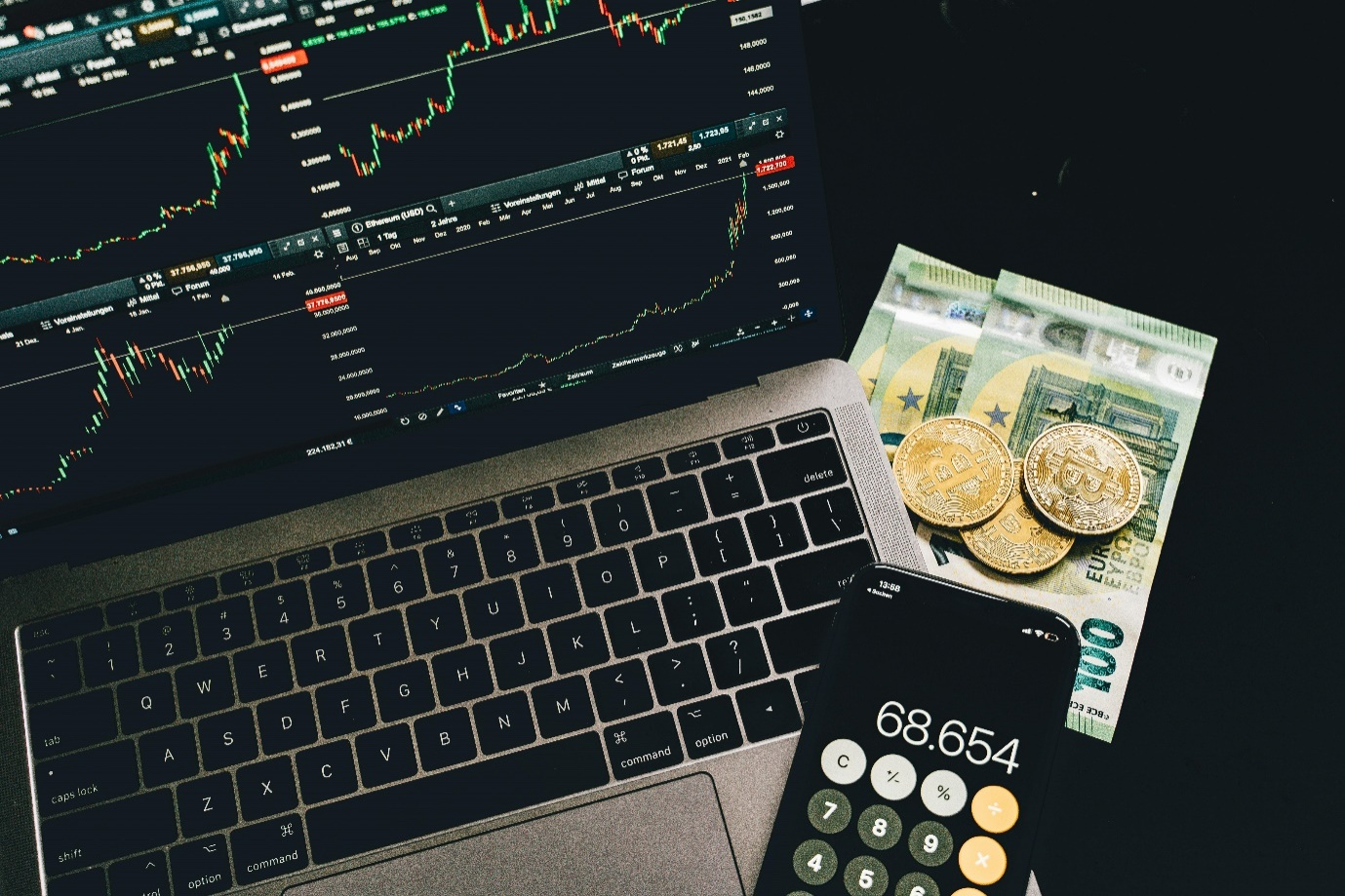
KYC and AML Regulations
Compliance with Know Your Customer (KYC) and Anti-Money Laundering (AML) regulations is mandatory for tokenization platforms. These regulations require platforms to verify the identities of their users and monitor transactions for suspicious activities. This not only helps in preventing financial crimes but also ensures the integrity of the tokenization platform.
Data Privacy and Protection
Data privacy is another critical area, particularly with regulations like the General Data Protection Regulation (GDPR) in the EU. Tokenization projects must ensure that personal data is collected, stored, and processed in compliance with these stringent laws, which aim to protect the privacy of individuals. Ensuring data minimization and securing data against breaches are part of these compliance efforts.
Cross-Jurisdictional and Multi-Jurisdictional Challenges
The global nature of blockchain and tokenization poses significant cross-jurisdictional challenges. Different countries may have varying regulations that impact how tokens are issued, traded, and managed. For businesses operating internationally, developing a comprehensive compliance strategy that accommodates all these varied regulations is essential. Engaging with legal experts who specialize in blockchain and international law is often crucial for navigating this complex regulatory landscape.
Future Regulatory Trends
Looking ahead, the regulatory framework for blockchain and tokenization is expected to continue evolving. Financial services, healthcare, and supply chains are sectors where specific compliance guidelines are becoming increasingly stringent. These include enhanced KYC and AML requirements in financial services and rigorous data privacy standards in healthcare. Additionally, the integration of smart contracts in compliance processes is being explored to automate and streamline regulatory adherence, reducing human error and operational costs.

The dynamic regulatory environment requires tokenization initiatives to be adaptable, vigilant, and proactive in compliance management. Engaging with regulatory bodies, staying updated with legislative changes, and investing in robust legal and compliance frameworks are key strategies for navigating the complexities of asset tokenization.
Case Studies and Successful Implementations
The implementation of asset tokenization has seen numerous successful case studies across various sectors, showcasing its transformative potential in democratizing access to investments and enhancing asset liquidity.
Art and Collectibles
The art sector has benefitted significantly from tokenization, particularly through the creation of digital tokens that represent ownership of artworks. For instance, platforms like Ethereum have enabled the tokenization of digital art, such as the famous ‘CryptoKitties‘, which became a pioneering project in the NFT space. This initiative allowed users to buy, sell, and breed digital cats, creating a new form of art ownership and investment. The success of such projects has not only boosted the popularity of NFTs but also demonstrated the potential for blockchain to provide a new revenue stream for artists and a novel investment avenue for collectors.
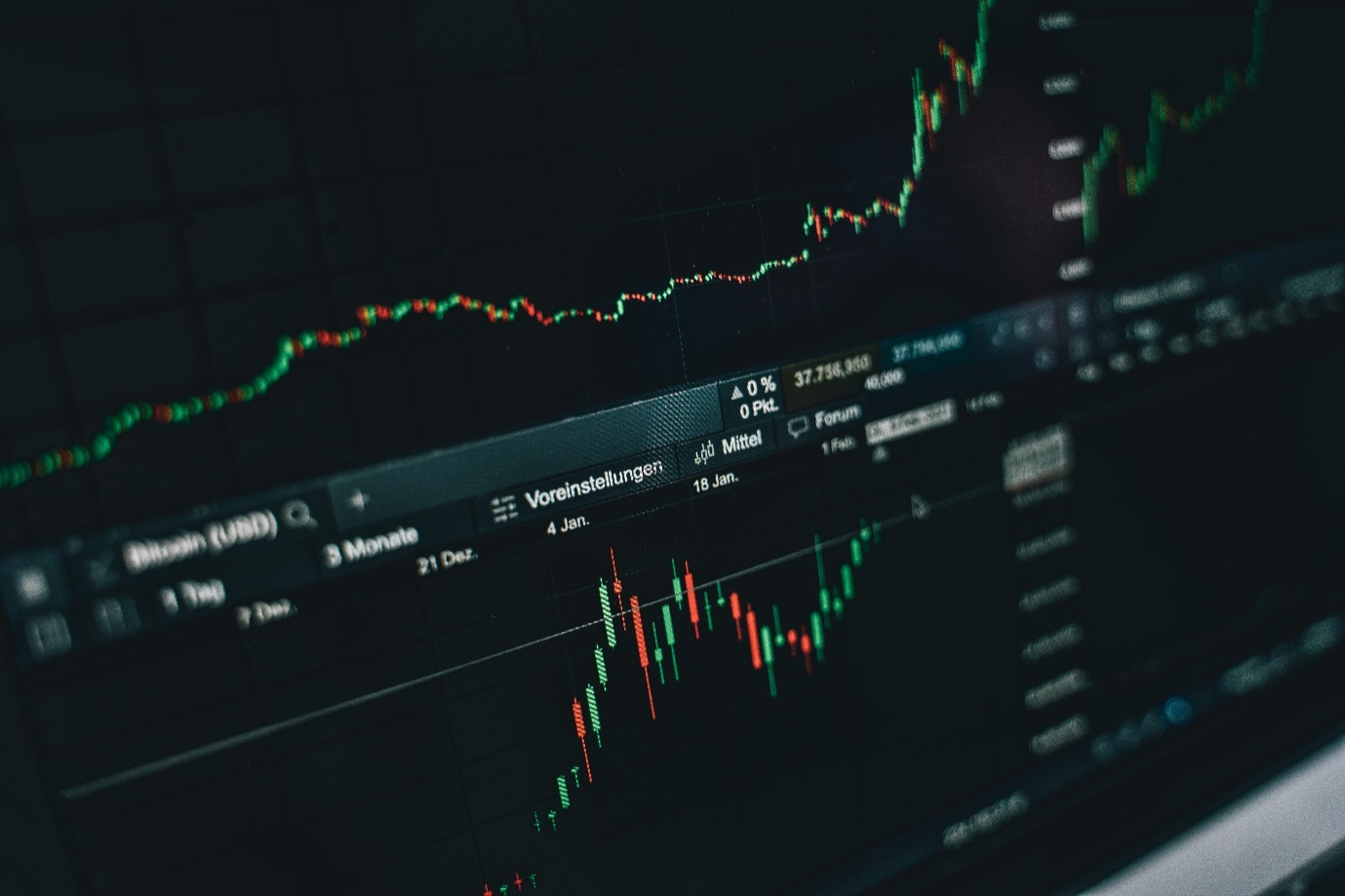
Real Estate
Tokenization has also made significant inroads in the real estate market. Projects like those enabled by Qredo and Token Tool have simplified the process of token creation and management, allowing for fractional ownership of property. This technology has enabled investors to purchase shares in real estate projects, thus lowering entry barriers and providing liquidity to a traditionally illiquid market. Such implementations have showcased the efficiency and cost-effectiveness of blockchain in managing and trading real estate assets, making investment more accessible to a broader audience.
Intellectual Property
In the realm of intellectual property, musicians, authors, and software developers have leveraged tokenization to manage their royalties and fractional ownership rights. A notable example includes musicians tokenizing their music catalogs, which allows fans and investors to buy tokens that provide a share of royalties from streaming, licensing, and sales. This approach not only secures the creator’s revenue streams but also enhances the liquidity of intellectual properties that could not be easily traded before.
Commodities
The commodities sector has witnessed the successful application of tokenization with examples like a gold mining company tokenizing its gold reserves. Investors can buy tokens backed by physical gold, which simplifies trading and enhances transparency in the commodity markets. This method reduces the need for physical handling and opens up commodity investment to a broader audience by lowering the minimum investment threshold.
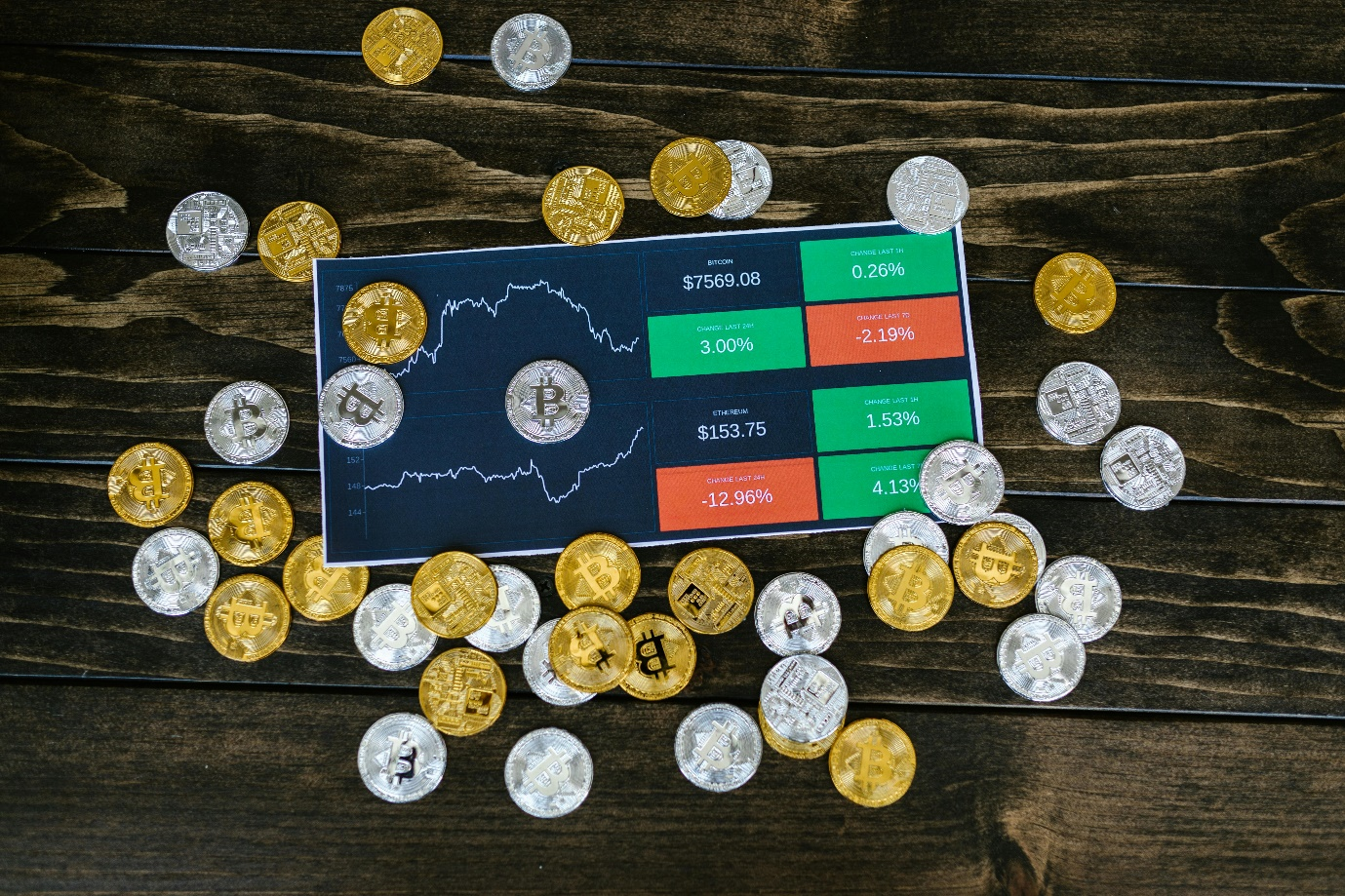
Venture Capital
In the venture capital sector, tokenization has facilitated the creation of tokenized funds focused on blockchain startups. Investors can purchase tokens representing shares in these funds, gaining exposure to a diversified portfolio of promising companies. This model has increased the liquidity of venture capital investments and allowed a broader range of investors to participate in startup funding.
These case studies across different sectors illustrate the versatile applications of asset tokenization and its capacity to revolutionize traditional investment landscapes by improving accessibility, enhancing liquidity, and ensuring transparency and security through blockchain technology. Each example underscores the ongoing evolution of asset management and the growing acceptance of digital tokens as a viable form of investment.
Addressing Challenges and Looking Ahead
The journey of asset tokenization, while promising, faces a myriad of challenges that must be addressed to fully realize its potential. These challenges span technical, regulatory, and operational aspects, each demanding innovative solutions and forward-thinking strategies.
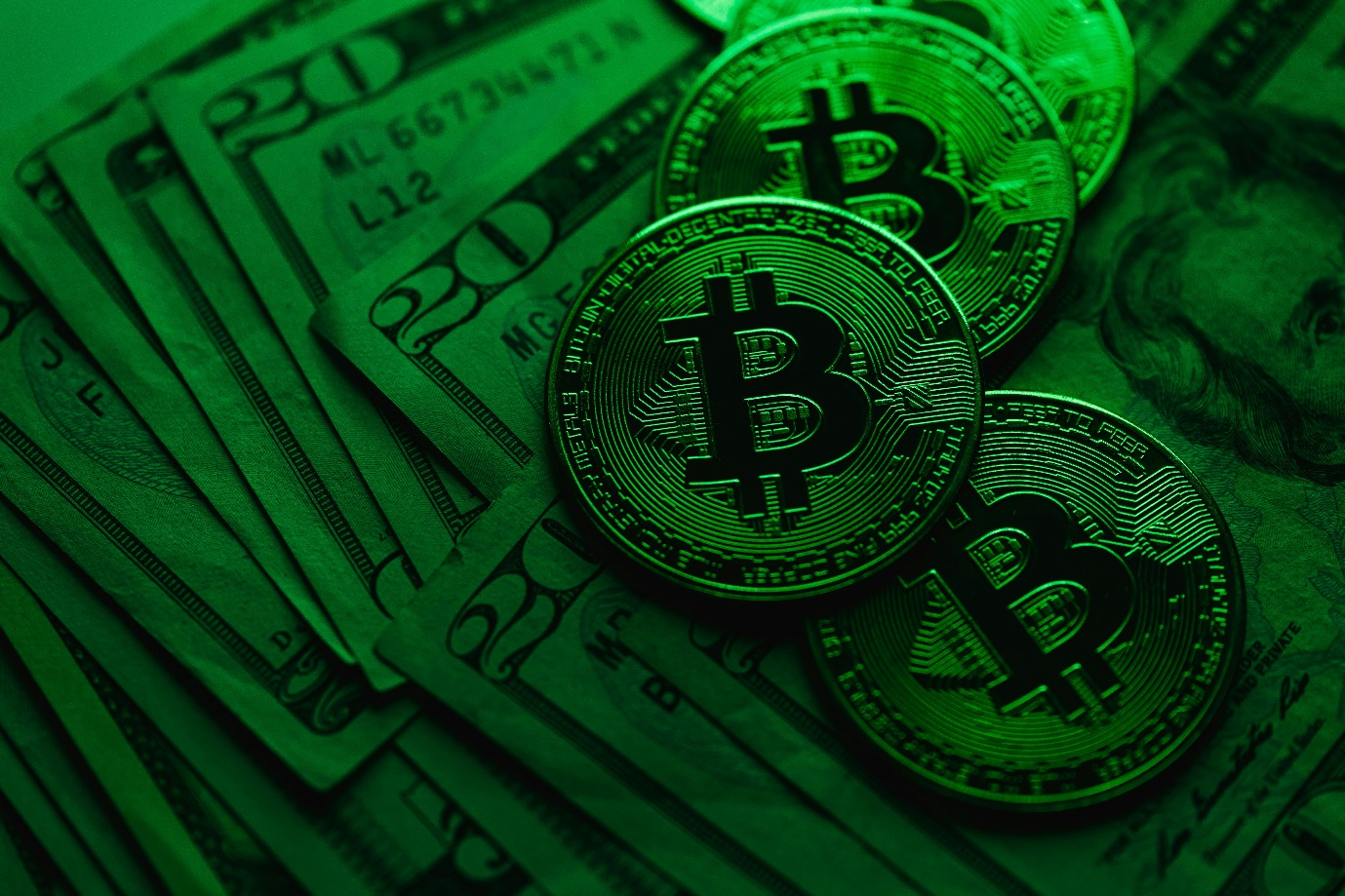
Technical and Operational Challenges
One of the significant hurdles in asset tokenization is the integration and implementation of blockchain technology itself. This includes the development and deployment of smart contracts that automate and enforce the terms of tokenized assets. Smart contracts are crucial for ensuring the seamless operation of tokenized platforms, offering advantages such as reduced operational costs and minimized human error. However, they also require robust security measures to prevent breaches and ensure the integrity of transactions.
Moreover, the need for enhanced interoperability and standardization across different blockchain platforms is critical. A cohesive ecosystem that allows for seamless interaction between various platforms can significantly boost efficiency and user adoption. Standardization also helps in ensuring that tokenization practices are consistent and compatible across different systems and geographies.
Regulatory and Legal Challenges
Regulatory challenges are perhaps the most formidable barriers to the widespread adoption of asset tokenization. Jurisdictional variations in how tokens are classified and regulated can create a fragmented legal landscape, making it difficult for token issuers and investors to navigate compliance. Ensuring that tokenization projects align with local and international laws is crucial, requiring continuous dialogue between regulators and industry participants to develop clear and supportive legal frameworks.

Additionally, the balance between privacy and transparency remains a critical concern. Tokenization can offer unprecedented levels of transparency in transactions, which is a boon for trust and security. However, this must not compromise the privacy of the individuals and organizations involved. Solutions that incorporate advanced cryptographic techniques may provide a way forward, enabling privacy-preserving transactions while maintaining regulatory compliance.
Future Outlook and Innovations
The future of asset tokenization is tied to the evolution of blockchain technology and the regulatory environment. Innovations in artificial intelligence and machine learning are expected to play a significant role in optimizing tokenization processes. These technologies can aid in risk assessment, market analysis, and decision-making, providing more sophisticated tools for investors and managers of tokenized assets.
As the regulatory frameworks around blockchain and digital assets mature, there is likely to be a more favorable environment for tokenization projects. This maturation may lead to broader acceptance and integration of tokenized assets into mainstream financial markets, unlocking new opportunities for growth and innovation.
While challenges remain, the ongoing advancements in technology and gradual regulatory clarity are paving the way for a more robust and dynamic future in asset tokenization. Stakeholders in the ecosystem must continue to collaborate and innovate to overcome these hurdles, ensuring that the benefits of tokenization can be fully realized across various sectors of the economy.
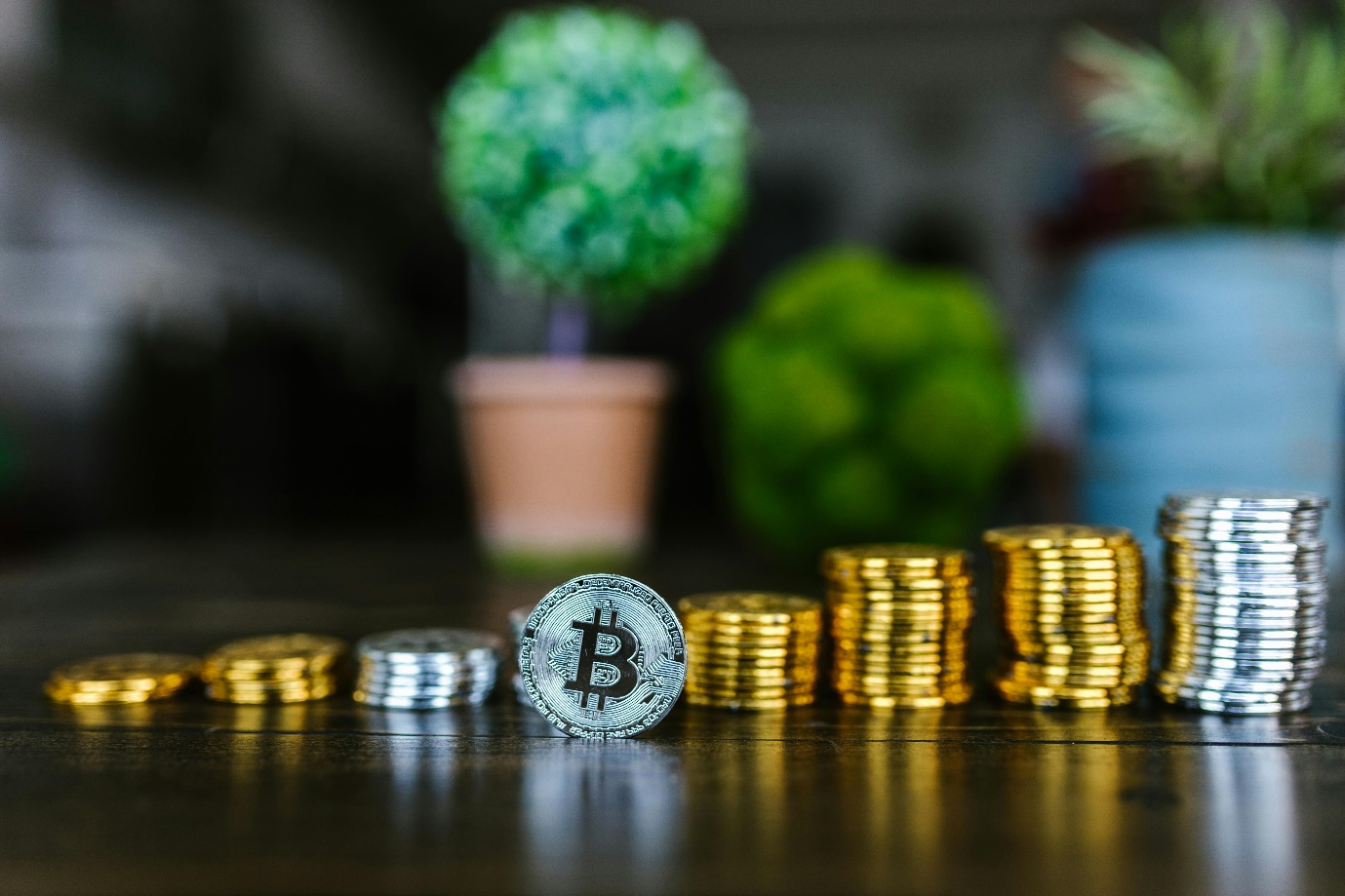
Conclusion: The Transformative Potential of Asset Tokenization
The exploration of asset tokenization throughout this discussion reveals a compelling vision of the future—a future where the barriers to asset investment are significantly lowered, where market liquidity is enhanced, and where regulatory compliance is integrated seamlessly into the digital transaction space.
Revolutionizing Asset Management
Asset tokenization stands out as a revolutionary advancement that redefines traditional asset management and investment frameworks. By converting physical and intangible assets into digital tokens on blockchain platforms, tokenization offers an unprecedented level of efficiency and accessibility. This technology not only democratizes access to investments by enabling fractional ownership but also enhances the liquidity of traditionally illiquid assets such as real estate, art, and collectibles. The ability to trade fractional shares quickly and transparently could transform industries by opening up new markets and investment opportunities to a broader audience.
Addressing Industry Challenges
Despite its potential, the journey of asset tokenization is not without challenges. Regulatory hurdles, technological complexities, and the need for market acceptance continue to pose significant barriers. However, the evolving regulatory frameworks and rapid advancements in blockchain and smart contract technologies are progressively addressing these challenges. For tokenization to achieve its full potential, ongoing collaboration between regulators, technologists, and financial experts is essential. This cooperation will help in crafting clear regulatory guidelines and robust technological solutions that ensure security, compliance, and operational efficiency.

Looking Forward
The future of asset tokenization is bright and promises an extensive transformation in how assets are perceived, managed, and traded. As regulatory environments become more supportive and technology continues to advance, we can expect broader adoption of tokenization. This adoption will likely spur further innovation in blockchain technology, smart contracts, and artificial intelligence, driving efficiency and transparency across multiple sectors.
The integration of AI and machine learning could particularly revolutionize asset management within the tokenization space, offering predictive analytics and enhanced decision-making tools to investors and asset managers. These technologies will enable more sophisticated risk assessments and investment strategies tailored to the dynamic nature of digital asset markets.
Final Thoughts
As we stand on the brink of this transformative era, it is clear that asset tokenization is not just a fleeting trend but a fundamental shift in the financial landscape. It represents a significant step towards a more inclusive, efficient, and transparent financial ecosystem. For stakeholders in the financial sector, embracing this shift will be key to unlocking the immense potential of digital assets. The journey ahead will require innovation, adaptation, and vigilant governance to overcome challenges and fully realize the benefits of asset tokenization.
In conclusion, asset tokenization is set to redefine the paradigms of asset management and investment, making it an exciting field to watch as it continues to evolve. The confluence of technology, regulation, and market dynamics will dictate the pace and trajectory of this evolution, promising a future where the digital and physical asset worlds merge seamlessly.
Join Kenson Investments: Your Path to Transparent Asset Management
At Kenson Investments, we are committed to transparency and innovation. With a dedicated team of digital assets consulting specialists, we navigate the complex landscape of blockchain and digital asset portfolios to ensure our clients understand the market. Our blockchain asset consulting services include blockchain and digital asset consulting, offering tailored digital asset investment solutions and altcoin investment options. As real world asset consultants, we also provide expert guidance as cryptocurrency investment consultants and bitcoin investment consultants. Our motto, “Let us be the change,” reflects our commitment to pushing the industry forward and reshaping perceptions for a more legitimate and sustainable future in digital assets.
Join us and be part of a pioneering force in the crypto asset arena, where we not only meet but exceed expectations.






